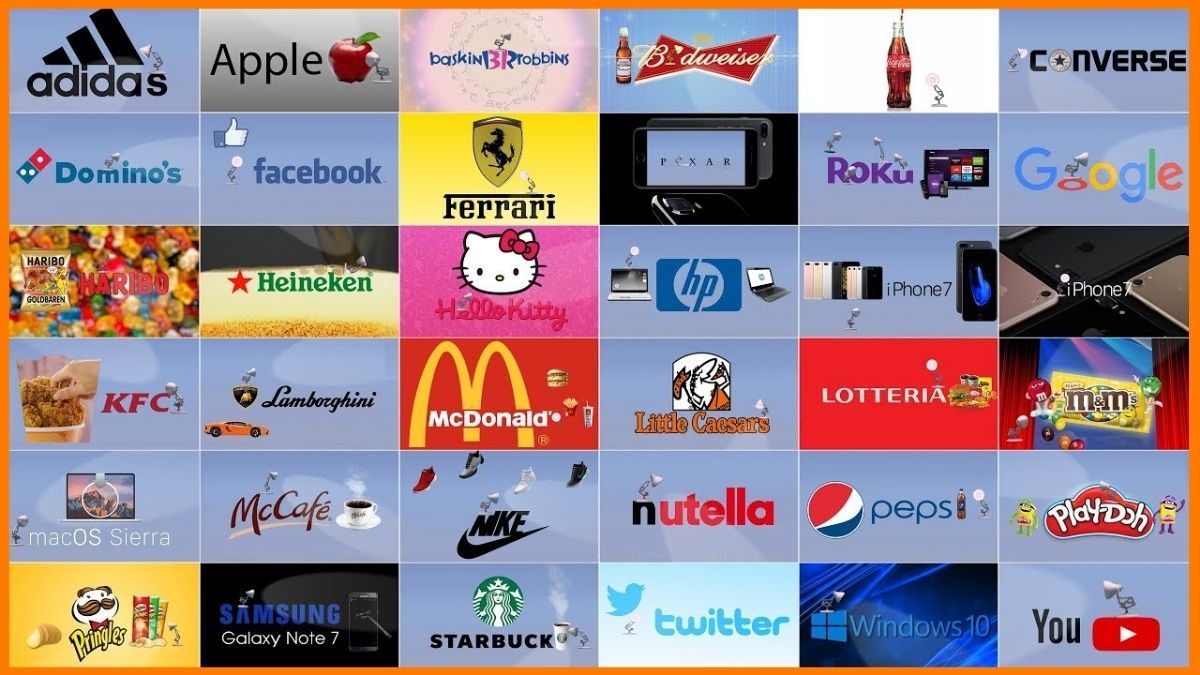This article has been contributed by Anand Bhushan, CEO, EasyRecruit+ and EduCrack.
In today’s fast-paced and fiercely competitive business landscape, the key to sustainable growth and success lies in understanding and connecting with your ideal customer. These are the individuals or groups who not only have a genuine need for your products or services but also resonate with your brand’s values and vision. By identifying and attracting your ideal customer, you can forge meaningful relationships, build brand loyalty, and pave the way for long-term profitability. Before understanding and attracting the ideal customer, let’s first talk about what or who an ideal customer is.
What is an Ideal Customer?
How to Identify and Attract Your Ideal Customer
What is an Ideal Customer?
An ideal customer is someone whose needs align perfectly with the solutions provided by your business. Creating ideal customer profiles allows businesses to identify target markets and implement more efficient marketing and promotional tactics. Since your products or services precisely cater to their requirements, these customers are easily attracted and retained with minimal effort. By ensuring their satisfaction, you may also witness these customers advocating your services among their acquaintances, thereby contributing to the growth of your business.
How to Identify and Attract Your Ideal Customer
Here are the actionable insights that will help you identify and attract your ideal customer:
Conducting Market Research and Segmentation
A crucial initial step in this process is to conduct comprehensive market research and segmentation. This involves gaining a deep understanding of your industry, studying competitors, and analyzing overall market trends. By carefully studying data and gathering insights, you can uncover patterns and identify potential gaps in the market. After gaining clarity about your industry, you can proceed to segment your target audience into distinct groups based on demographics, behavior, preferences, and pain points.
Creating Buyer Personas
The creation of buyer personas is instrumental in humanizing your target audience and tailoring your marketing efforts to meet their specific needs. These fictional representations of your ideal customers are crafted by conducting surveys, interviews, and collecting data from your existing customer base. By identifying common characteristics, goals, challenges, and motivations, you can create detailed personas that encompass their background, interests, preferences, and buying behaviors.
Addressing Pain Points
Understanding your ideal customer’s pain points is a critical aspect of offering relevant solutions. Identifying the challenges and obstacles they face regularly allows you to position your products or services as effective solutions. The ability to address these pain points directly can help you attract and retain your ideal customers more effectively.
Leveraging Social Media and Online Engagement
To gain deeper insights into your target audience’s needs and opinions, social media platforms and online forums are invaluable resources. Engaging in social listening by monitoring relevant conversations, comments, and feedback related to your industry and brand provides real-time insights into the thoughts and preferences of your target audience, enabling you to adjust your strategies accordingly.
Analyzing Existing Customer Data
Looking within your existing customer base can offer a wealth of information to guide your ideal customer identification process. Analyzing purchase history, behavior patterns, and engagement levels can help identify common traits among your most valuable customers. Utilizing this data refines your ideal customer profile and ensures that your marketing efforts are precisely targeted.
Engaging Directly with Surveys and Feedback
Directly engaging with your audience through surveys and feedback loops can yield valuable information about their preferences and expectations. Conducting periodic surveys can provide insights into customer satisfaction, brand perception, and opportunities for product improvements. The feedback you receive helps you adjust your strategies and cater to the needs of your ideal customers more effectively.
Content Tailored to Ideal Customers
Once you have a clear understanding of your ideal customer’s preferences and pain points, it’s time to create tailored content that resonates with them. Whether it’s through blog posts, social media content, videos, or email campaigns, ensure that your content addresses their specific needs and interests. Personalization can significantly enhance your ability to attract and retain your ideal customers.
Aligning Brand Messaging and Values
Your brand messaging and values play a vital role in attracting your ideal customer. Clearly communicate your brand’s mission, vision, and values, ensuring they align with the beliefs and aspirations of your target audience. By establishing a strong brand identity, you can build trust and loyalty among your ideal customers.
Influencers and Strategic Partnerships
Influencers and strategic partnerships can amplify your brand’s reach and credibility among your ideal customers. Identifying influencers who resonate with your target audience and collaborating with them to promote your products or services can be highly effective. Additionally, seeking partnerships with complementary businesses allows for cross-promotion and access to new customer segments.
Continual Monitoring and Adaptation
Identifying and attracting your ideal customer is an ongoing process. Monitoring the performance of your marketing efforts, tracking customer feedback, and staying updated on market trends are essential steps. Continuously adapting your strategies to align with the evolving needs and preferences of your ideal customers ensures your long-term success.
In conclusion, successfully identifying and attracting your ideal customer is a transformative process that requires thorough research, data analysis, and a deep understanding of your target audience. By developing buyer personas, addressing pain points, and utilizing social listening, you can tailor your marketing efforts to connect with your ideal customers on a more personal level. Emphasizing brand messaging, creating tailored content, and leveraging influencers will further strengthen your relationship with your audience. Remember, understanding your ideal customer is an ongoing journey that will ultimately lead to long-term success and sustainable growth for your business.















